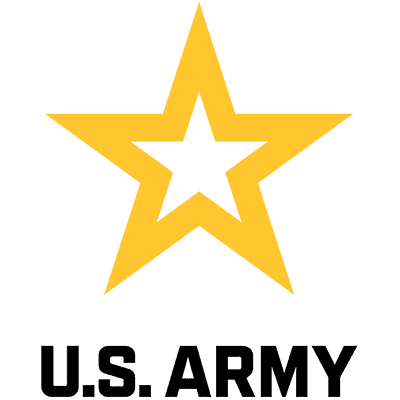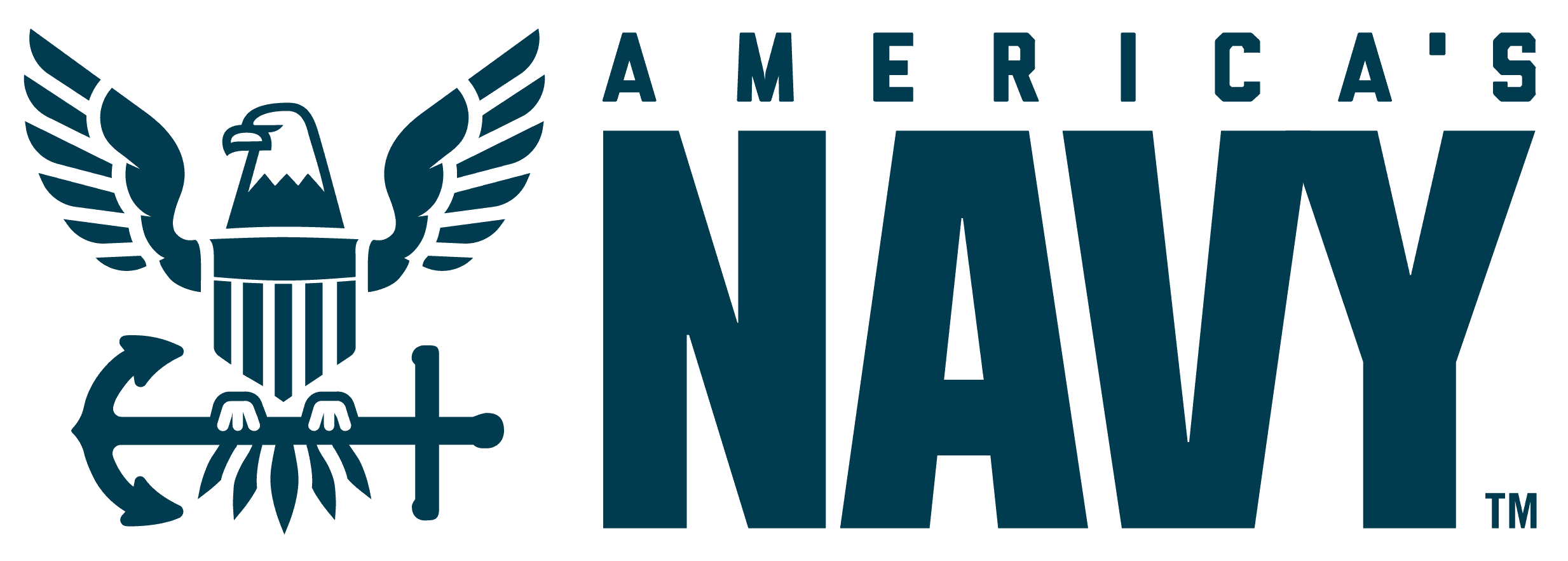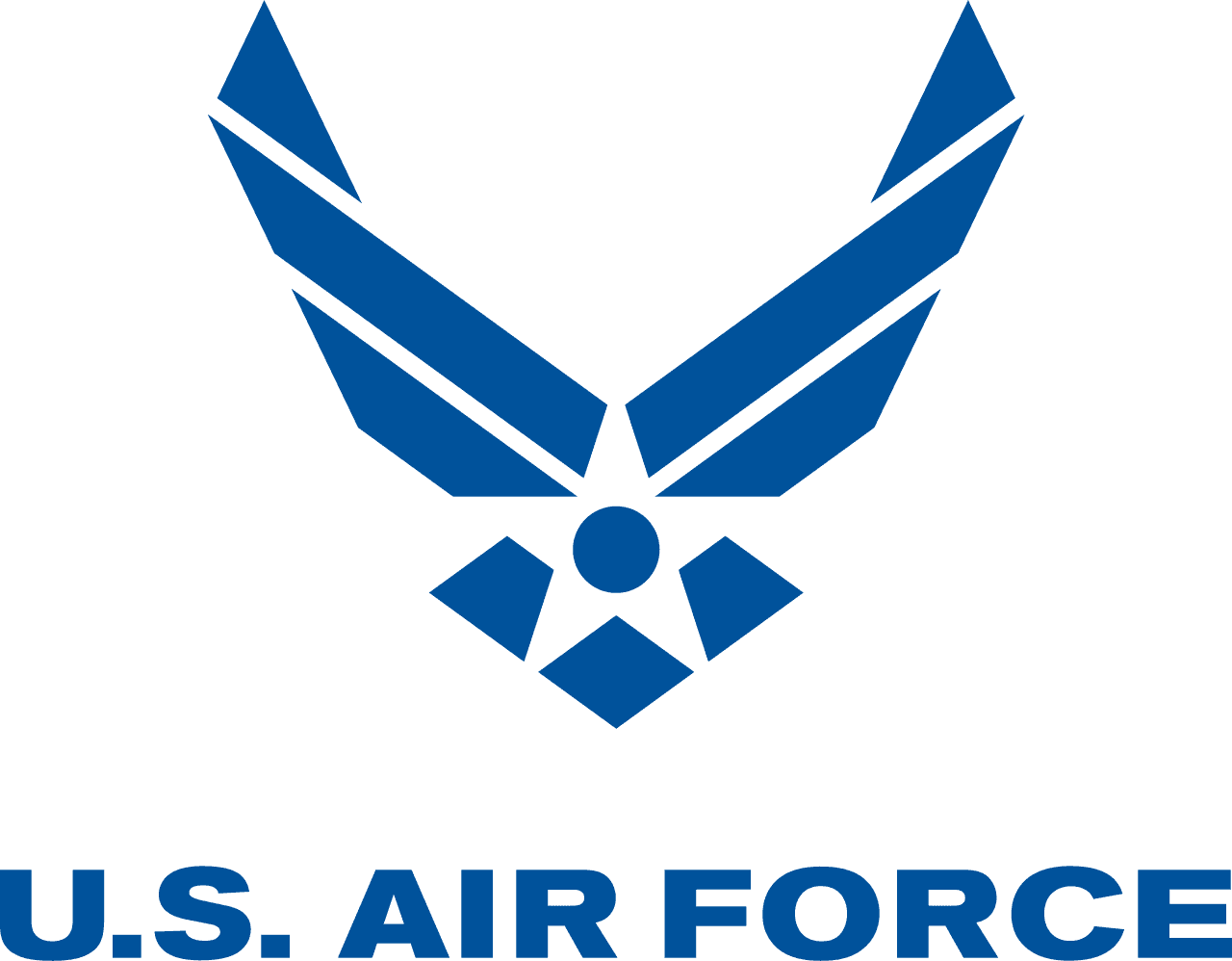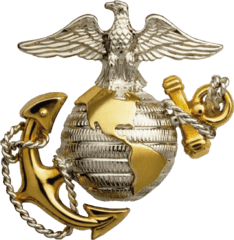Military Airplane Pilots
Overview
What are the responsibilities of this role?
Airplane pilots in the Military train, organize, and equip the nation’s air services to support the national and international policies of the government. They operate many different jet and propeller planes. Aircraft range from combat airplanes to supersonic fighters and bombers. In addition to flying aircraft, airplane pilots develop flight plans, check weather reports, brief and direct all crew members, and perform system operation checks to test the proper functioning of instrumentation, controls, and electronic and mechanical systems on the flight deck.
What is the work environment like?
Airplane pilots may be stationed at airbases or aboard aircraft carriers anywhere in the world. They fly in all types of weather conditions. Military pilots take off and land on airport runways and aircraft carrier landing decks.
How many people have this role in the Military?
26,921
Compensation
Understanding How Military Pay is More Than Just a Salary
Base pay is the standard income you’ll earn as a service member, providing a stable foundation to start achieving your financial goals.
- Always fixed based on rank and service time.
- Distributed monthly.
What is the typical salary range?
$74,558
$109,871
$156,370
Military Details
What Service Branches offer this role?
Is this a staff or leadership role?
What does the training for this role entail?
Like other officers, airplane pilots complete a comprehensive training program covering responsibilities, military structure and etiquette, traditions, and leadership development. They also participate in a rigorous pilot training program. Initial training includes time spent in flight simulators, classroom training, computer based training, and cockpit training. Advanced training begins when pilots successfully complete initial training and are awarded their “wings.” Advanced training consists of instruction in flying a particular type of aircraft. Training content may include:
- Aircraft aerodynamics
- Jet and propeller engine operation
- Operation of aircraft navigation systems
- Flying in all weather conditions
- Federal Aviation Administration (FAA) regulations
- Emergency procedures
- Flight briefs
Education
What level of education do professionals in this role have?
Which college majors best prepare you for this role?
- Airline/Commercial/Professional Pilot and Flight Crew
- Flight Instructor
Learn About How Military Can Pay for 100% of your College Degree
Skills and Interests
What knowledge is essential to bring to the table?
- Transportation
- Geography
- English Language
- Mechanical
- Computers and Electronics
What personality traits help people thrive in this role?
You love hands-on work and solving practical problems — like fixing things and building stuff.
You like structure, staying organized, and working with systems to get things done efficiently.
You love taking risks in business or personal projects — and have the leadership skills to back it up.
RIASEC represents six broad interest areas—Realistic, Investigative, Artistic, Social, Enterprising and Conventional—helping individuals identify careers that match their skills and preferences.
Take the RIASEC TestData supplied by Bureau of Labor Statistics, National Center of Education Statistics, Defense Manpower Data Center (View our update schedule). Contact any business, college or military service branch to answer additional questions.





